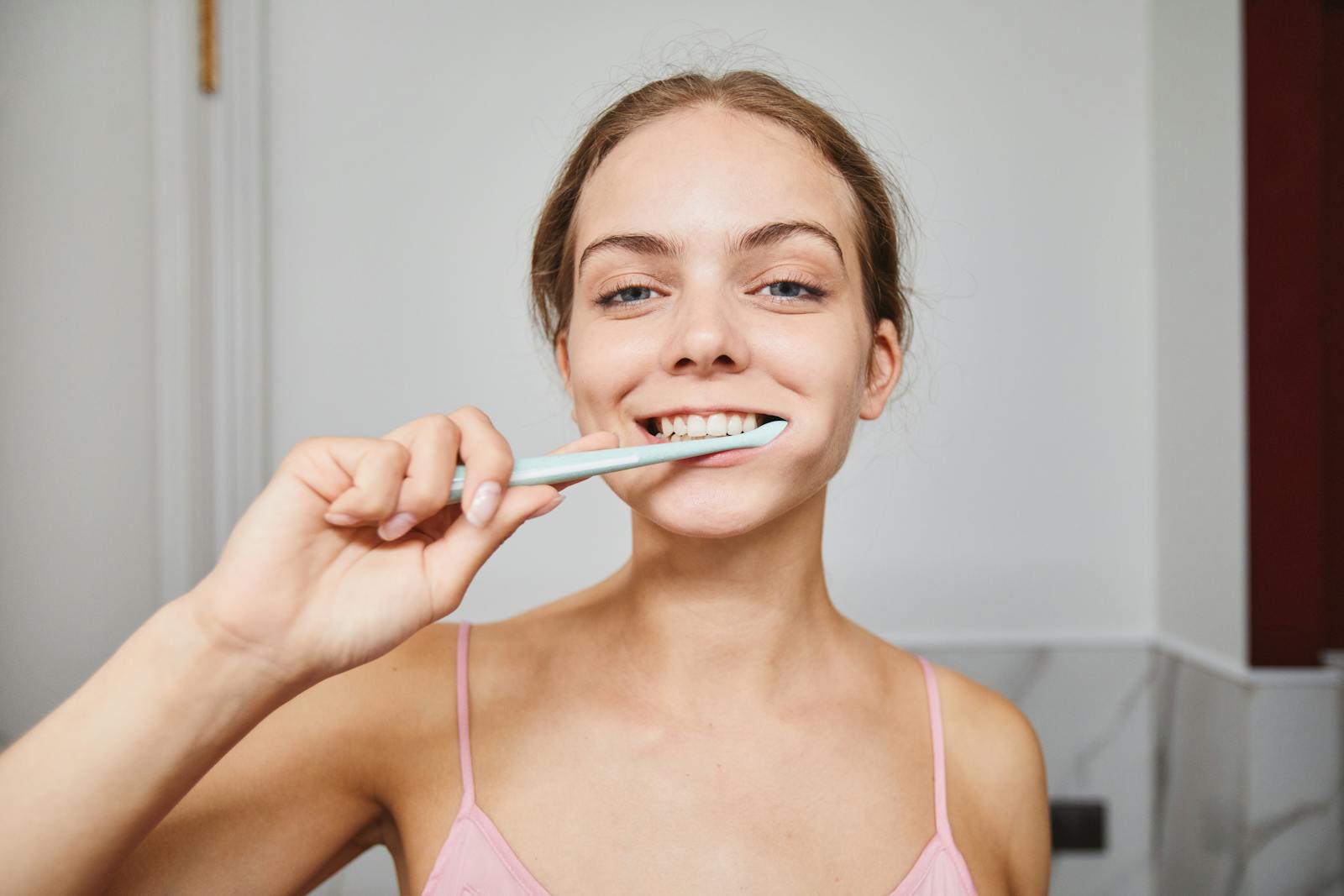How To Make Your Yellow Teeth Become White
Teeth can turn yellow over time because of bad oral hygiene, smoking, stains from food or drinks, or bad habits.
You can safely and gradually whiten your teeth at home using safe and effective at-home whitening methods.
The most common causes of yellow teeth are extrinsic, intrinsic, and age-related.
There are a number of contributors to each of these three categories, some of which are everyday activities.
Extrinsic causes, or external factors.
Anything that comes into contact with your teeth is an extrinsic cause.
Tobacco products like cigarettes and chewing tobacco can lead to external discoloration.
Discoloration is also caused by everyday foods like coffee, tea, wine, and soda.
Intrinsic causes, or internal factors.
Something that is contained within your body or teeth is what causes intrinsic discoloration.
This is staining that happens to the tooth enamel below the surface of the teeth.
Trauma, pulp necrosis, dental caries, and fluorosis are all potential intrinsic causes.
Causes related to age.
Age-related discoloration typically develops later in life.
This can occur as the dentin's natural color is revealed, as the enamel's outer layer wears away over time.
Your teeth may appear gray or yellow instead of white as a result.
There is a way to combat yellow teeth at home and in the dentist's office, regardless of the cause.
This is how to make your yellow teeth become white.
1. Whitening toothpaste.
One of the most common ways to get rid of stains on your teeth is to use whitening toothpaste.
However, these kinds of toothpaste are best for removing external stains because they can only reach the surface.
Both baking soda and charcoal are two components that have the potential to enhance the results of whitening.
Teeth whitening options for people with sensitive teeth, are also available.
These toothpastes typically have low abrasion and gently restore natural white teeth.
Additionally, these toothpastes strengthen your enamel and prevent new stains.
In general, whitening toothpaste can slightly lighten your teeth.
However, if your stains are more extensive, you may require additional treatment.
A Natural Fix That
Will Transform The Way People Whiten Their Teeth - click here!
2. Be careful what you eat.
You might not be aware that the quality of your teeth is directly influenced by what you eat.
Your body can get the nutrients it needs to keep your teeth healthy and, as a result, brighter and whiter by eating the right foods.
While some foods can assist in the removal of plaque while you chew, eating well is not a substitute for brushing your teeth.
Consuming crunchy, raw vegetables and fruits can help you clean your teeth.
You should avoid dark berries, coffee, soda, red wine, and other foods that stain teeth.
Alternate how you enjoy these foods, rather than completely avoiding them.
Drink the beverages that stain teeth through a straw to avoid making direct contact with the teeth.
Also, brush your teeth as soon as you finish drinking these drinks to reduce their effects.
For stronger teeth, you should also cut back on sugar and get plenty of calcium.
3. Whitening strips and rinses.
Whitening strips apply a thin layer of peroxide gel, that can be shaped to fit over the teeth.
Online, there are a variety of whitening strip products with varying instructions.
The majority recommend applying them twice daily for thirty minutes.
Teeth can be lightened by one or two shades with strips.
Another way to get rid of yellow teeth is with whitening rinses.
They have oxygen sources like hydrogen peroxide in them, that react with the substances that stain the teeth and lift them.
Within three months, improvement in tooth color can be achieved, by using a rinse twice a day for one minute at a time.
4. Teeth bleaching in the dentist's office appointment.
An in-office bleaching treatment is probably the best option for you, if you want to remove stains in the most immediate manner.
These treatments, which can be completed in as little as an hour, have remarkable effects on intrinsic stains.
The outcomes are more immediate, and last for a longer period of time.
This is due to the fact that in-office bleaching focuses on the inner structure of the teeth, rather than just the surface.
Keep in mind that teeth staining foods can eventually yellow your bleached teeth again.
Take the right steps
to take care of your teeth and prevent problems - click here!

Comments
Post a Comment